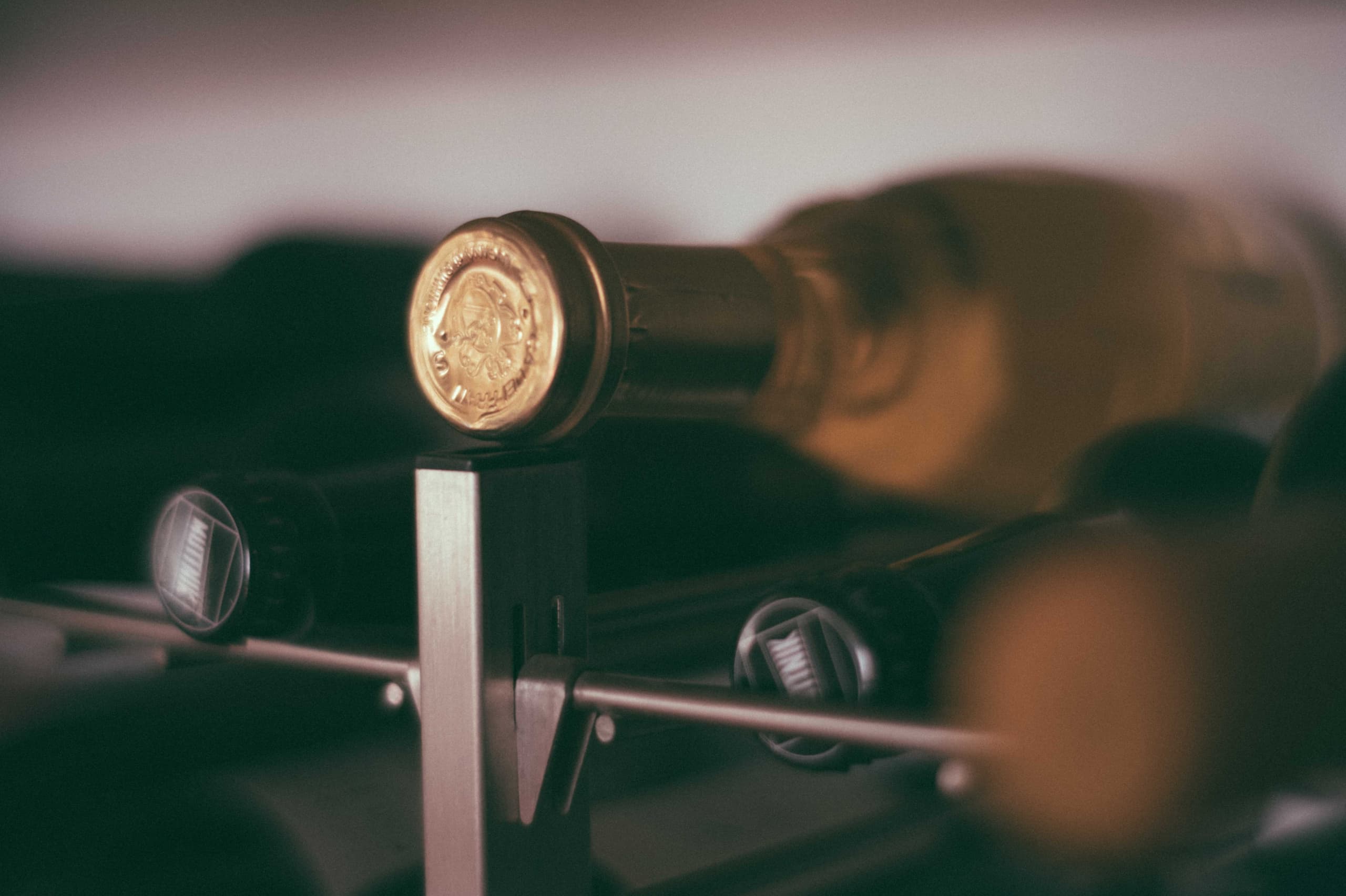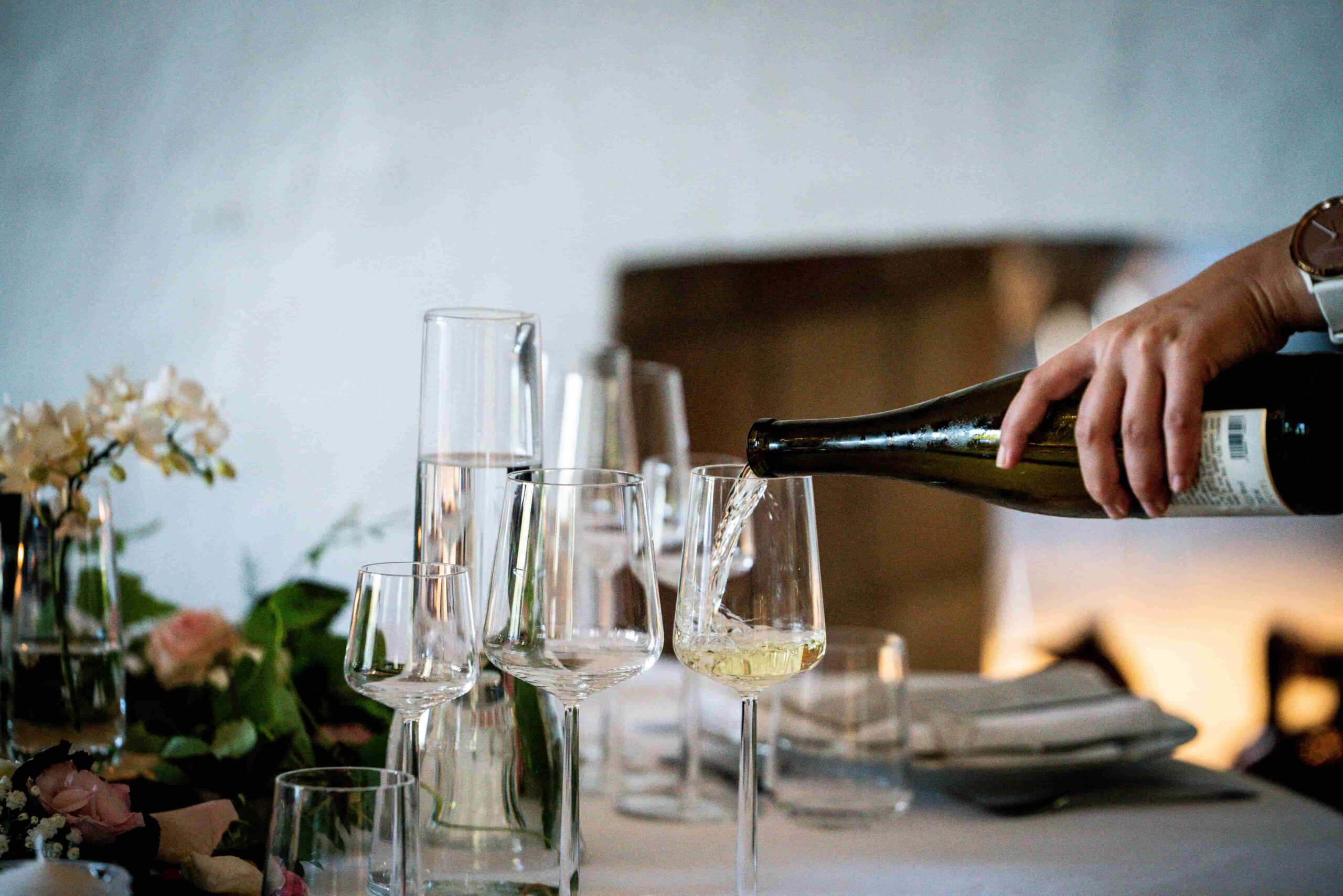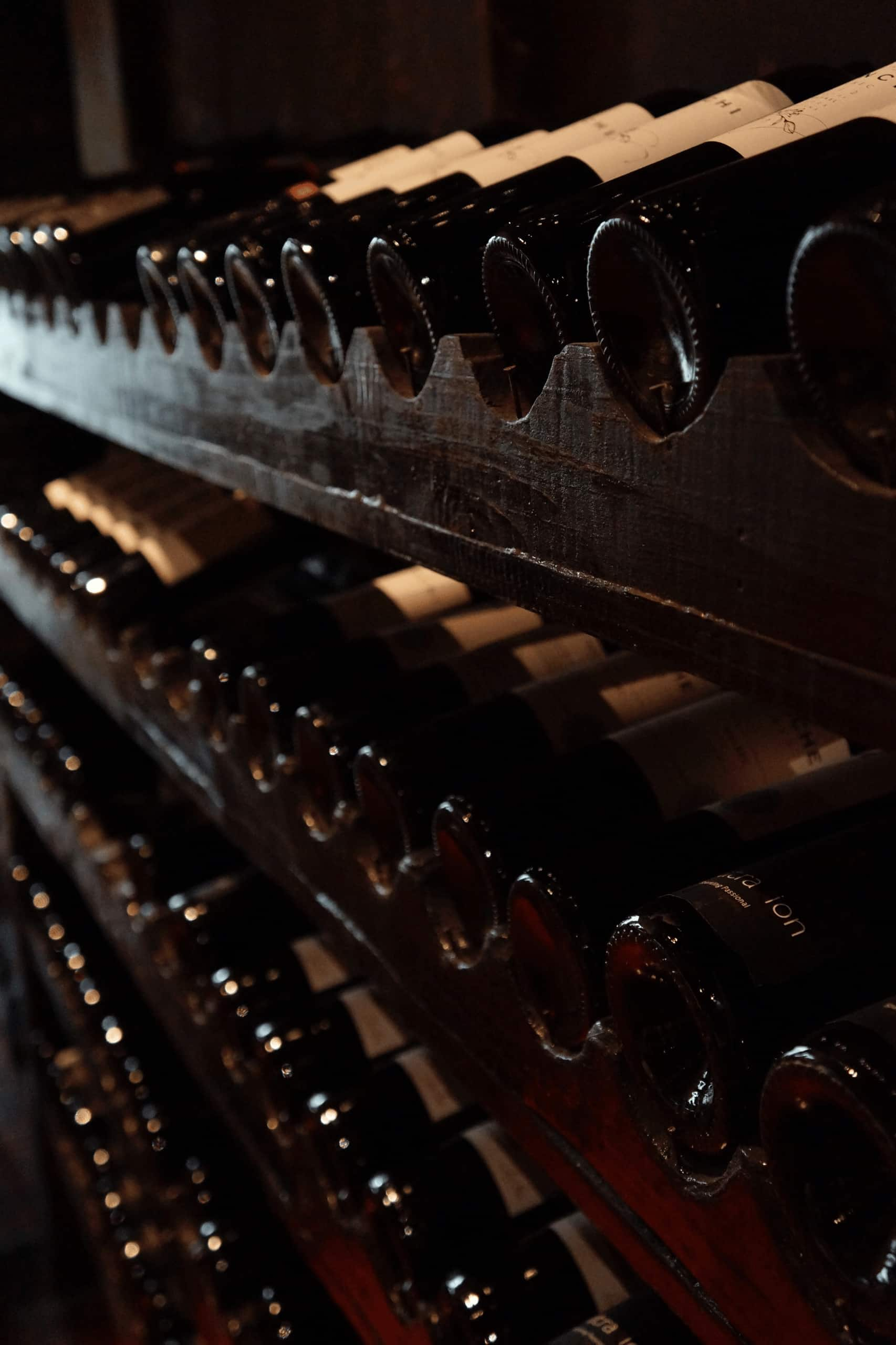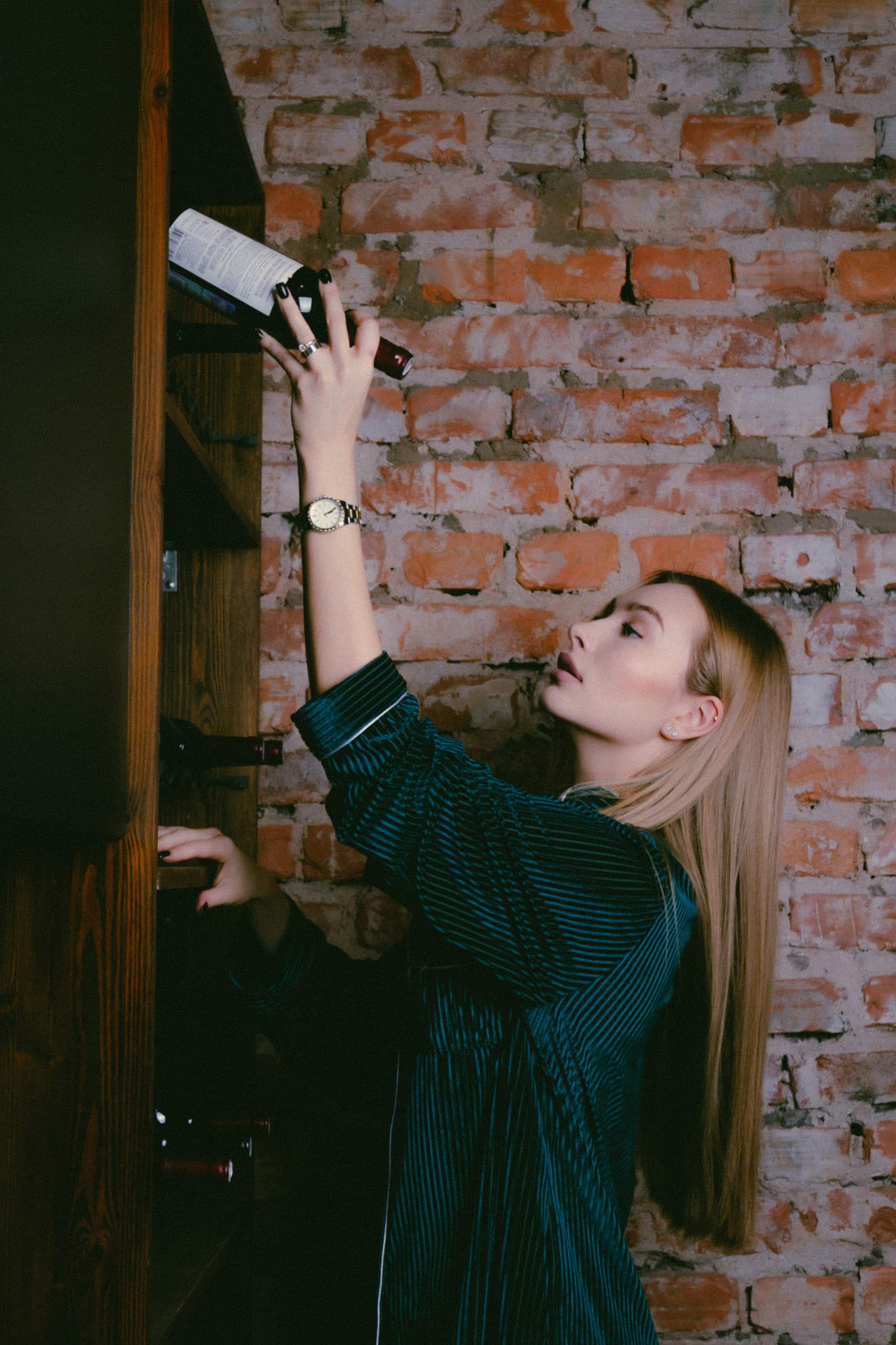How to store wine at home

The flavours in wine evolve over time. Some people even say that wine is alive. That’s why you need to know how to store wine at home properly.
If you have invested in beautiful wine, you want to make sure that you’re drinking it at its full potential. Opening a bottle of wine only to find that it has been spoilt is a disappointing experience.
Wine can last for decades, growing in value and quality over time. However, it is also sensitive to the elements. Setting up the right storage environment at home can help you ensure that every bottle in your collection ages gracefully and maintains its flavour profile.
Some people cellar their wine in environmentally controlled rooms or wine cabinets. However, if you’re a little while away from achieving that dream, you need to be aware of the natural elements that can spoil wine as it ages.
Why wine changes over time
Nothing in wine is static and chemical reactions are constantly occurring. Acids and alcohols can react together while other compounds can dissolve. These reactions can occur at different rates, causing nuances and changes in the flavour, texture, aromas, and colour of wine.
Natural elements can either speed up or slow down these processes, either enhancing or deteriorating the quality of the wine.
Some wines are designed to be aged, whereas others are designed for immediate consumption. When you purchase a bottle of wine, you need to be aware of its storage and aging requirements in order to get the most out of your experience when you finally drink it.

Five elements to control when storing wine at home
- Temperature
- Humidity
- Light
- Air
- Movement
Temperature
Wine is sensitive to extreme and fluctuating temperatures. That means that it can easily spoil in Australia’s warm and varied climate. Heat causes the ongoing chemical reactions in wine to speed up, changing how the wine tastes and turning it rougher and more acidic over time. Even the fruit flavours can fall away.
That means that you should store your wine in temperature-controlled environments. Don’t leave it close to exterior walls or the kitchen which can fluctuate in heat. Wine prefers cooler temperatures, so the best storage is in a cellar or a wine storage fridge. However, if you don’t have either of those, you can also use your fridge as long as you limit vibrations in the bottle.
Don’t use the freezer, because if the liquid freezes, the cork can be forced out of the bottleneck, shrinking when the temperature warms up again causing oxygen to be sucked into the bottle.
Also, remember to give your wine time to breathe and come back to room temperature when you’re ready to serve it.
Humidity
The right humidity levels prevent corks from drying out and letting air into the bottle, causing oxidation which spoils the wine. Cork bottles should also be stored on their side and stabilised in a wine rack to prevent the cork from drying out. On the flip side, excessive humidity should also be avoided as it can cause mould to grow on labels and corks.
Light
UV rays can also prematurely age wine, so you should keep your bottles away from windows and rooms filled with natural light. If light is hard to avoid in your space, you can also cover your wine with a cloth.
Movement
Constant movement and vibrations can disturb the sediment in wine bottles and impact the aging process. To minimise vibrations, try not to store your wine near applications that generate a lot of movement, such as washing machines. High-quality wine cabinets should also have stabilising features that help to reduce movement.
Air
Minor exposure to oxygen can lead to deeper, more complex flavours in wine. However, too much exposure has the opposite effect. It can ruin complex flavours, aromas, tastes, and colours.
If you have already opened your bottle, close it as tightly as possible or use a cork or champagne stopper to create an air-tight seal. Wine can also easily absorb odours from its surroundings, so avoid storing it near strong-smelling items such as paint or spices which can infiltrate the cork.


Enhance your wine's age potential
When you’re building a curated wine collection and storing multiple bottles at a time, it’s important to know how to store wine at home. You should also keep track of when your wine should be opened so that you can enjoy it at its peak.
You might not have space for a cellar, but there is also a huge variety of beautiful cabinets and storage units that you can display in your home if you want to have fun with how you store your wine.
All red wines benefit from some time in a bottle, while only a few white varietals should be aged. Control the natural elements around your wine collection and keep an inventory of your wines, including bottle type, vintage, and location. If you can get the conditions right, it’s more likely that you will have an unforgettable tasting experience when you’re ready to open your next bottle.

